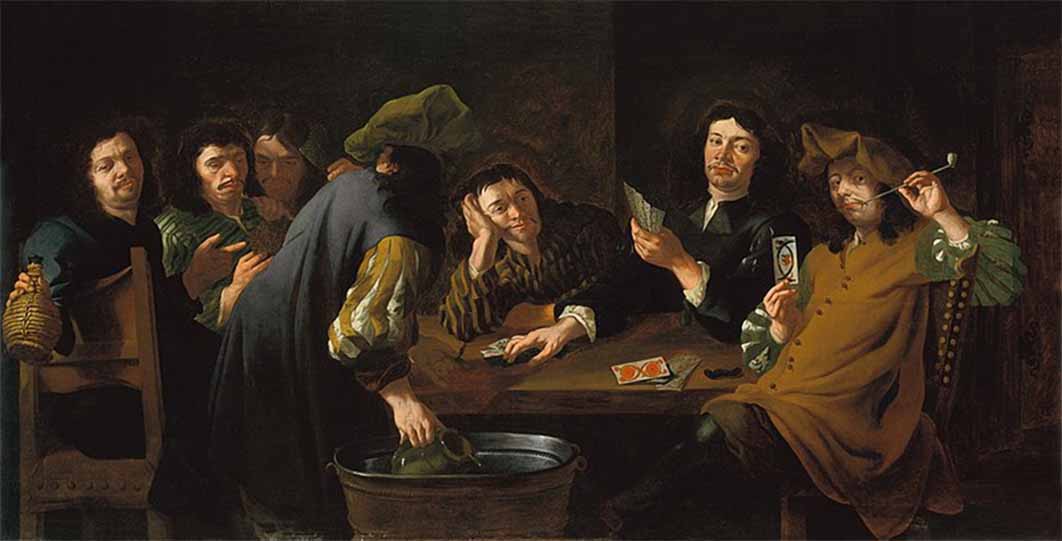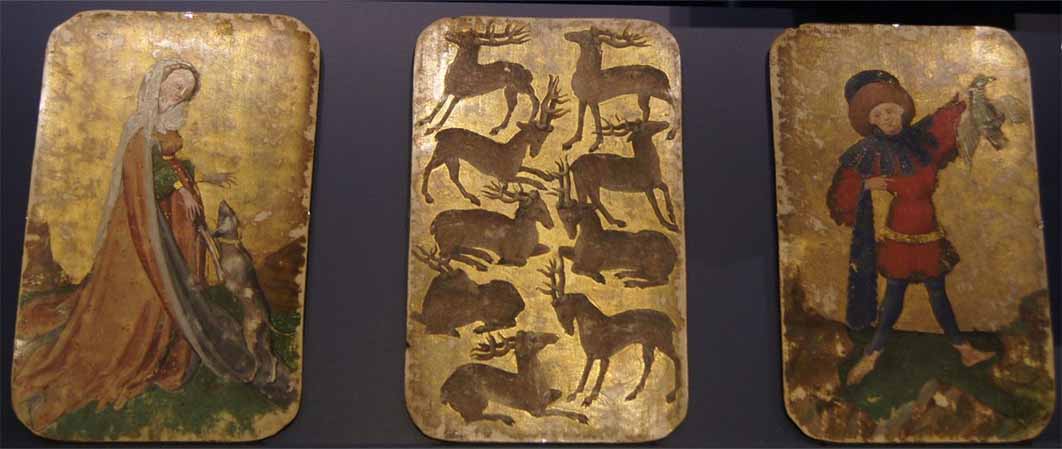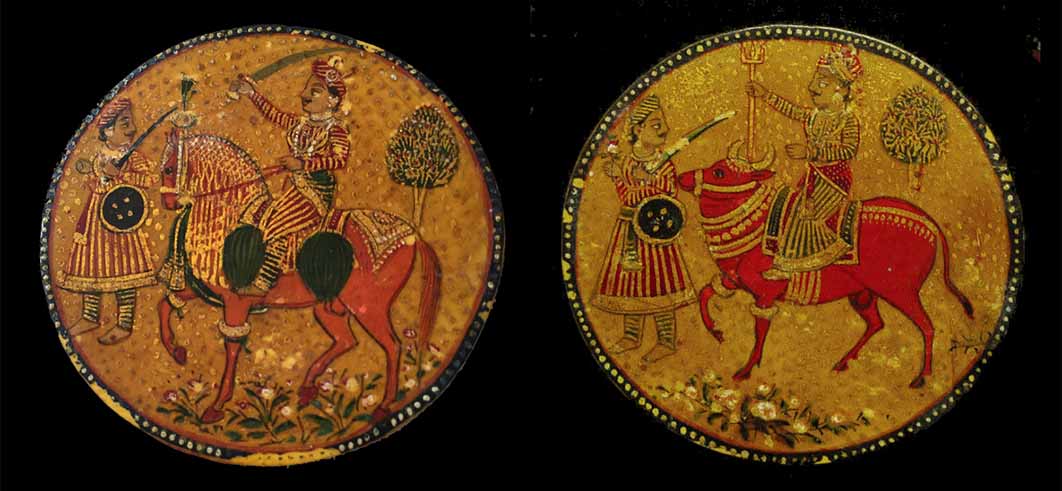
Oriental Origins of Playing Cards: Ganjifeh And Yezi Xi
In 1392 France, Charles Poupart, a treasurer to king Charles VI (1368 – 1422), recorded a payment to a Parisian painter named Jacquemin Grigonneur for painting three illuminated packs of cards commissioned by the king for his amusement. A couple of hundred years later, in the 17th century, Cardinal Mazarin, the finance minister to King Louis XIV of France (1638 – 1715), kept the royal treasury safely out of debt by converting the Palace of Versailles into a giant card-playing casino. In 1781, Antoine Court de Gébelin (1725 – 1784), a former protestant pastor, published a book titled Le Monde Primitif (The Primitive World) which included his theories on the origins of playing cards. Using primitive notions of image analysis and etymology, he speculated that the Tarot, for example, was a fragment of a mystical ancient text brought out of Egypt and eventually into Europe by Gypsies. The popularity of Le Monde Primitif inspired one Jean-Baptiste Alliette who went on to become the first professional Tarot occultist known to history. Choosing the name Etteilla as his pseudonym for a more exotic appeal, Alliette published Manière de se récréer avec le jeu de cartes nommées Tarots (Way to recreate with the game of cards named Tarots) in 1785.

The Card Players II by Almanach (17th century) (Public Domain)
However, despite its apparent popularity in France, playing cards are not of French origin. In 1379, a card game called naibi had already gained popularity in central Italy. The term naibi is derived from the Arabic term na'ib (“delegate” or “deputy”). Another one of the earlier known playing cards is the Stuttgarter Kartenspiel (Stuttgart deck), a hunting-themed deck of playing cards painted on gilded pasteboard dates from circa 1430. Another card of similar characteristics was the Ambraser Hofjagsdpiel (Court Hunting Pack of Ambras), a pack of cards painted around the 1440s and attributed to the Swiss engraver Konrad Witz.

Stuttgart Card Game, Basel area, about 1430, Landesmuseum Württemberg (1rhb / CC BY-SA 4.0)
The Deck Of Ganjifeh
Although, at least at this time, there is no conclusive answer to the most basic question about the history of playing cards, such as where and when they were invented, this does not mean a lack of theories about their possible origins. Sir Michael Dummett (1925-2011), a professor of Logic, claims that a prototype 48-card game with four suits, each with ten numerals and two courts, may have existed in Persia or Central Asia. The Persians refer to this deck as Ganjifeh. The first syllable of the word Ganjifeh can be attributed to the Persian word ganj (“treasure”). In India, a similar game is referred to as Ganjifa, and the number of suits are doubled. Under the Mughal emperors in the 16th century, Ganjifa gained popularity in India. In Arabia, the game was renamed Kanjifah and was expanded by the addition of a third court card. Dummett also believed that the use of playing cards became popular around the time of significant interaction between Christian Europe and Islamic powers through imports, Crusades, or possessions of merchants from the Islamic Mamlûk Dynasty in Egypt. Although large groups of Christian and Muslim soldiers fought during the Crusades, they would have had some downtime during which card games would have been quite popular as a deck of cards was practical and easy to carry.

Mughal Ganjifa Playing Cards, Early 19th century, complete set, courtesy of the Wovensouls collection (Jainamishra /CC BY-SA 4.0)
The North African Mamlûk Cards
The Mamlûk cards, also known as Mulûk Wa-Nuwwâb (Kings and Viceroys), are considered the most ancient decks of Arabic origin known today. Most likely from northern Africa, specifically Egypt, three incomplete decks of the Mamlûk cards are housed in Topkapi Museum in Istanbul, Turkey. Due to their size, decoration technique and age (circa the 15th century), the cards displayed at the Topkapi Museum are particularly ornate and vaguely reminiscent of the Italian decks of the same era. As they are very elaborately hand-painted with exotic dyes and beautiful complicated designs, these cards must have been initially reserved for the wealthy. One can readily imagine a wealthy Florentine family's son returning home after experiencing his first game of cards on his Grand Tour and commissioned a local painter to create a deck of cards for himself to play with his friends and family.




